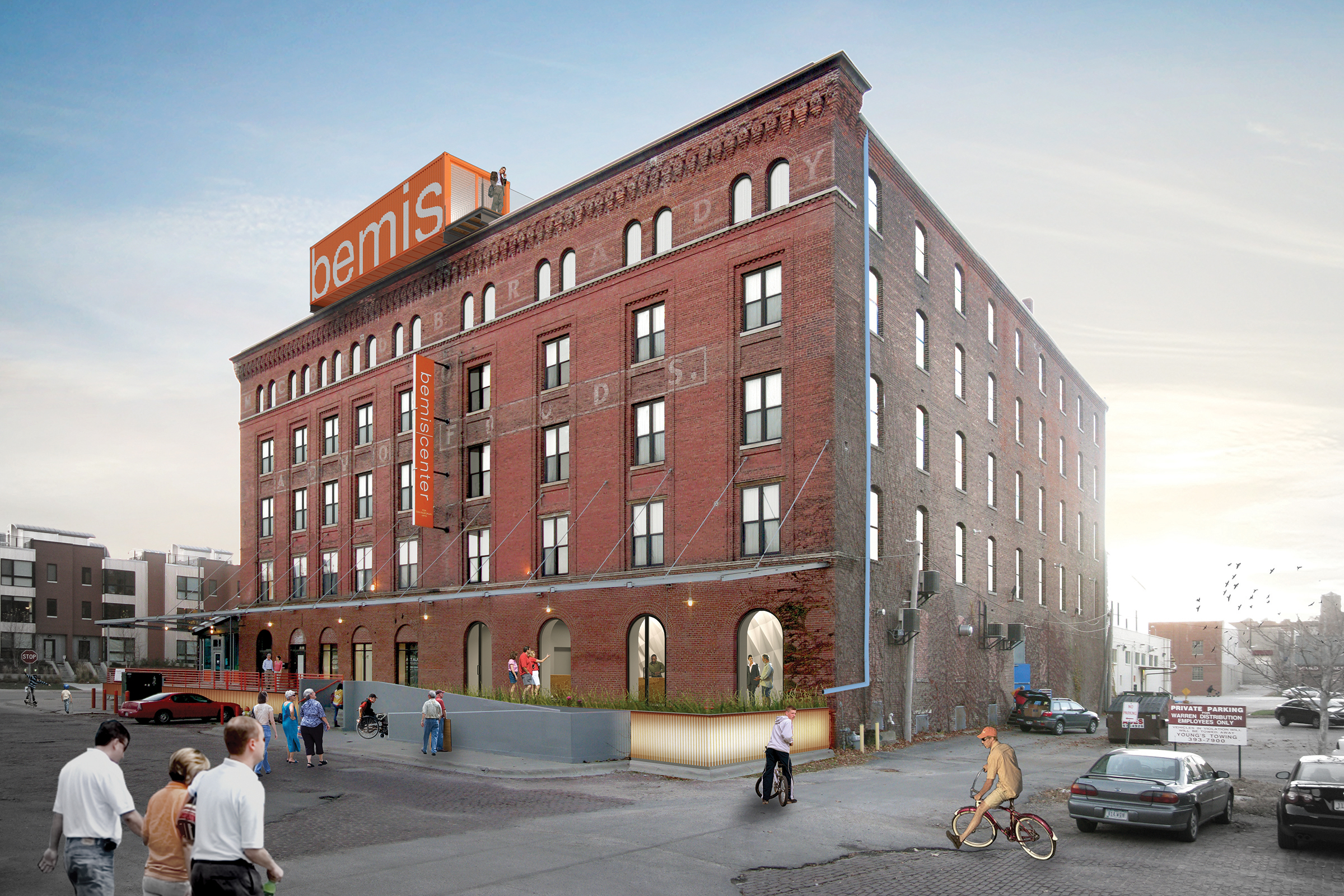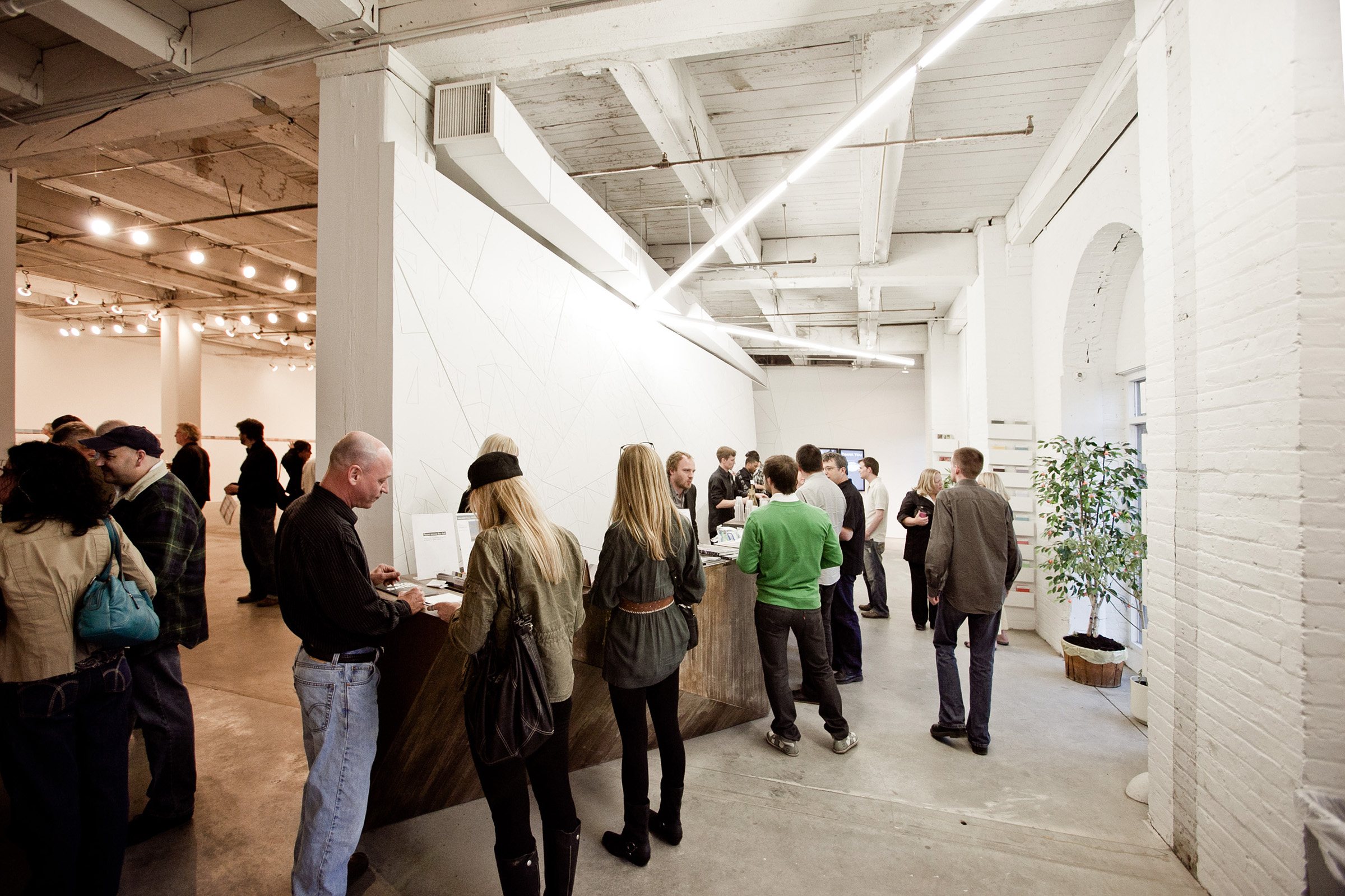
The Bemis InfoShop during a gallery opening.
Framework Plan
The goal of the expansion plan is to create fluid connections between public and private areas, and between indoor and outdoor spaces. Surrounding this work is the notion of bringing artists and the public together in novel ways, while keeping at heart the Bemis' primary mission to support the work of today's artists. Breaking down barriers is a significant challenge for art centers, especially between indoor and outdoor spaces.
Bemis Gardens pictured; see Bemis Gardens page for more detail.
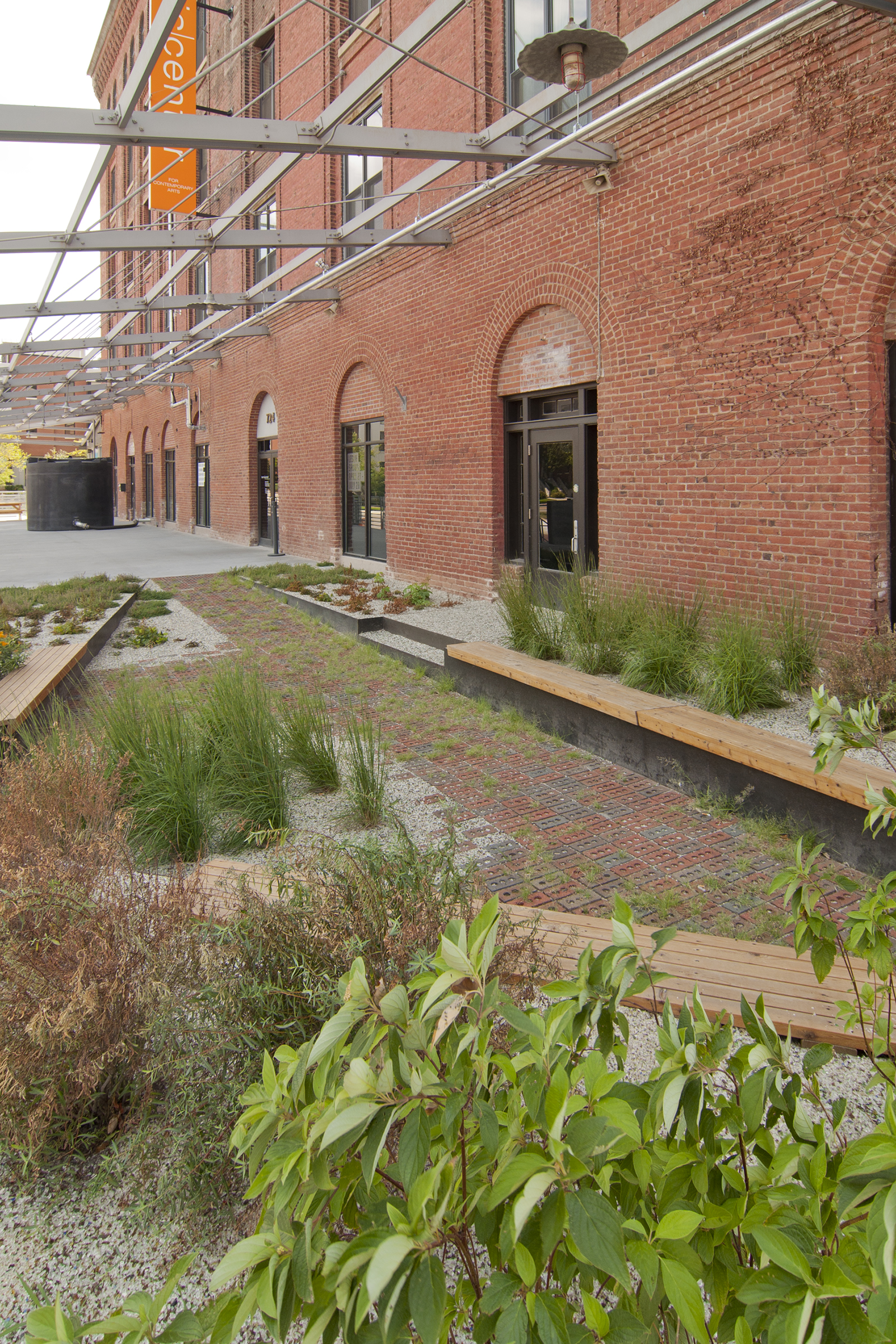
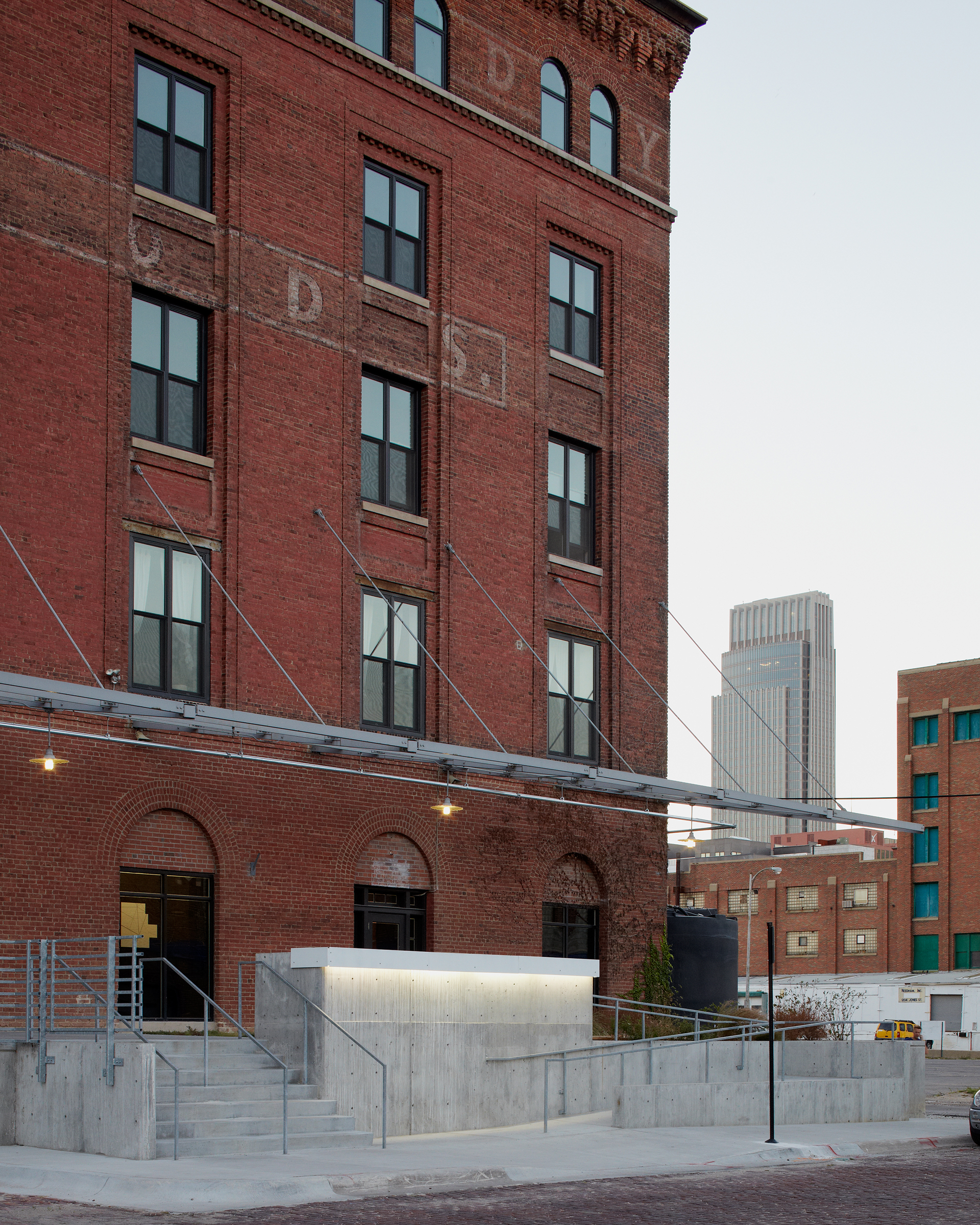
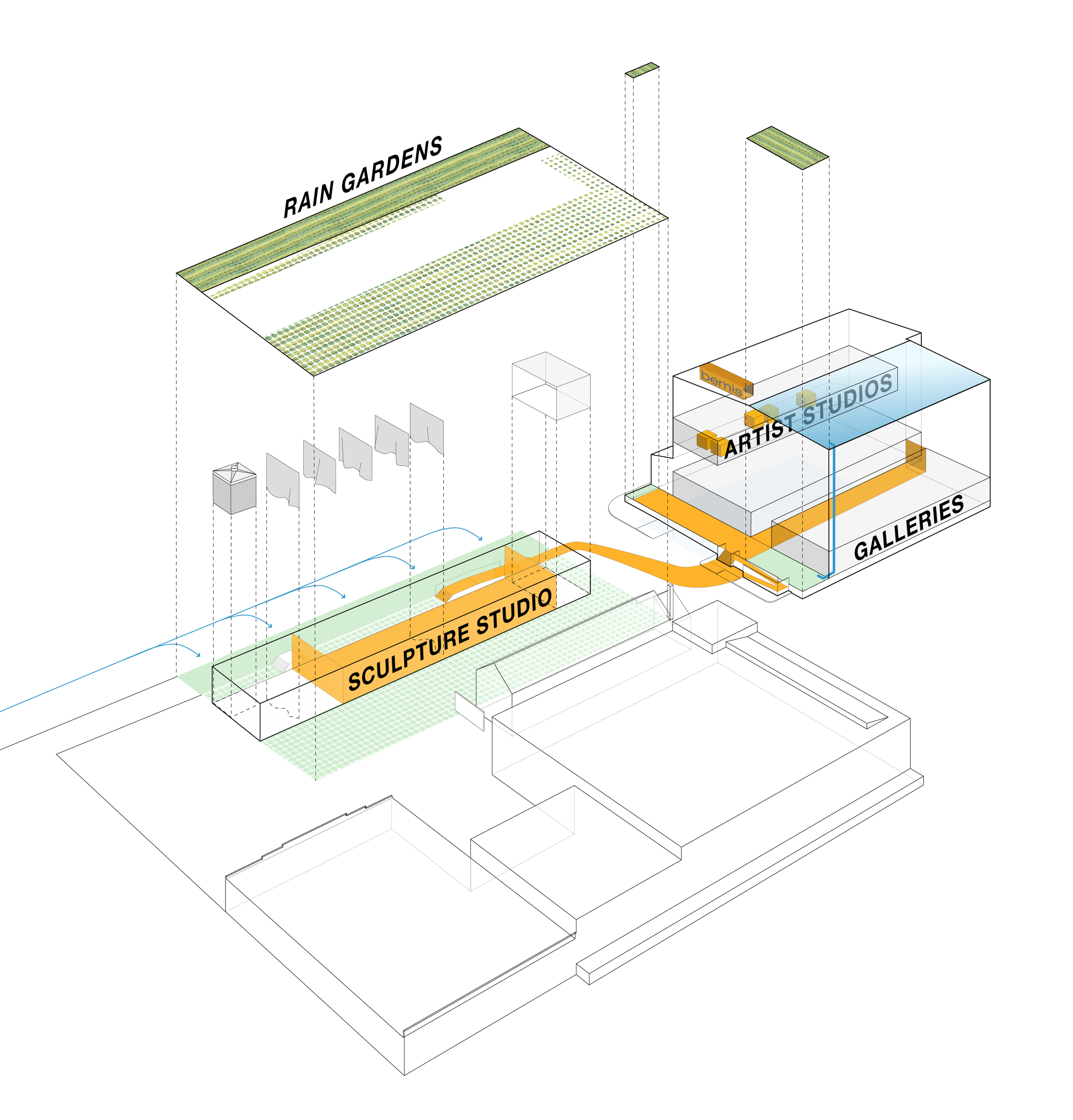
Breaking down barriers between artists and the public.
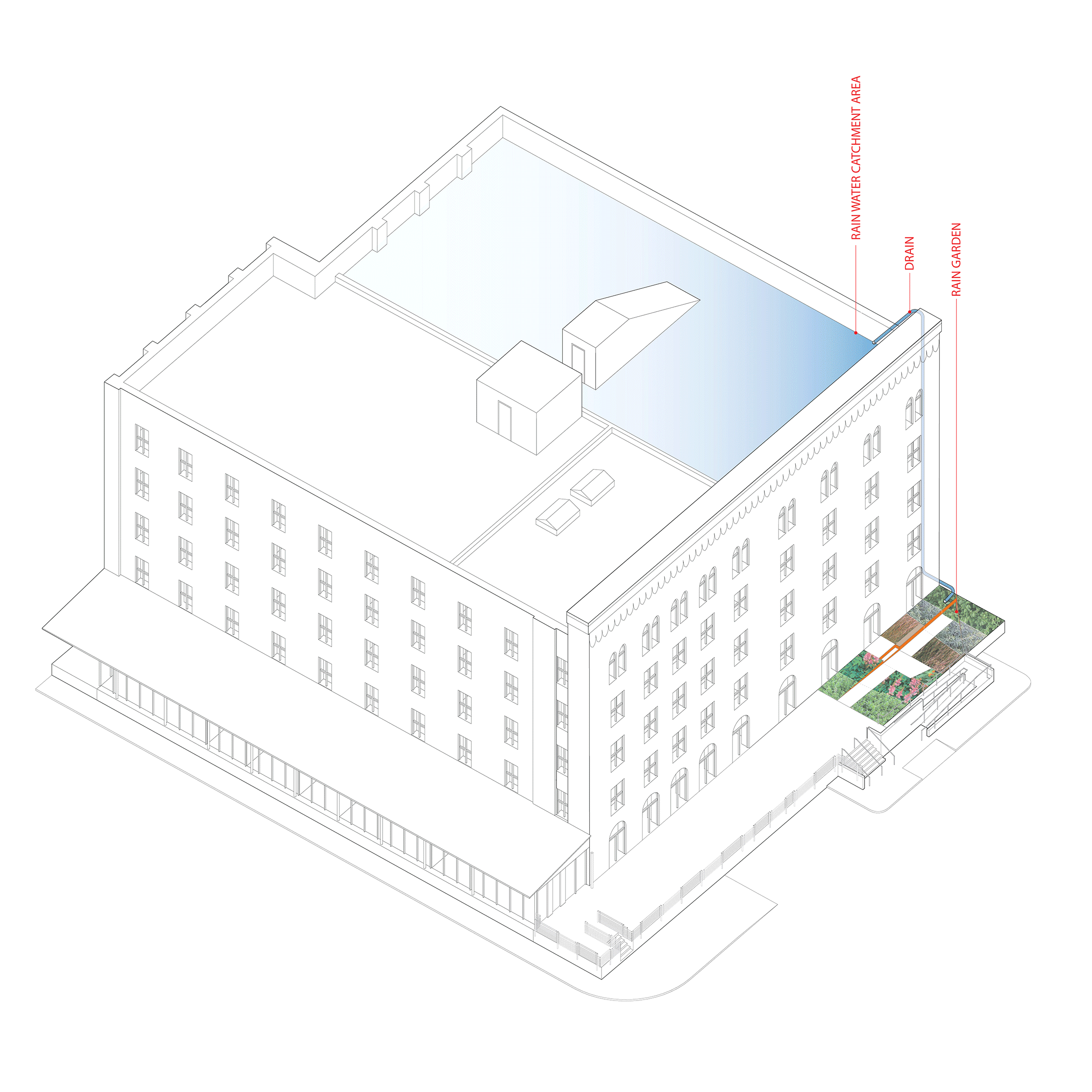
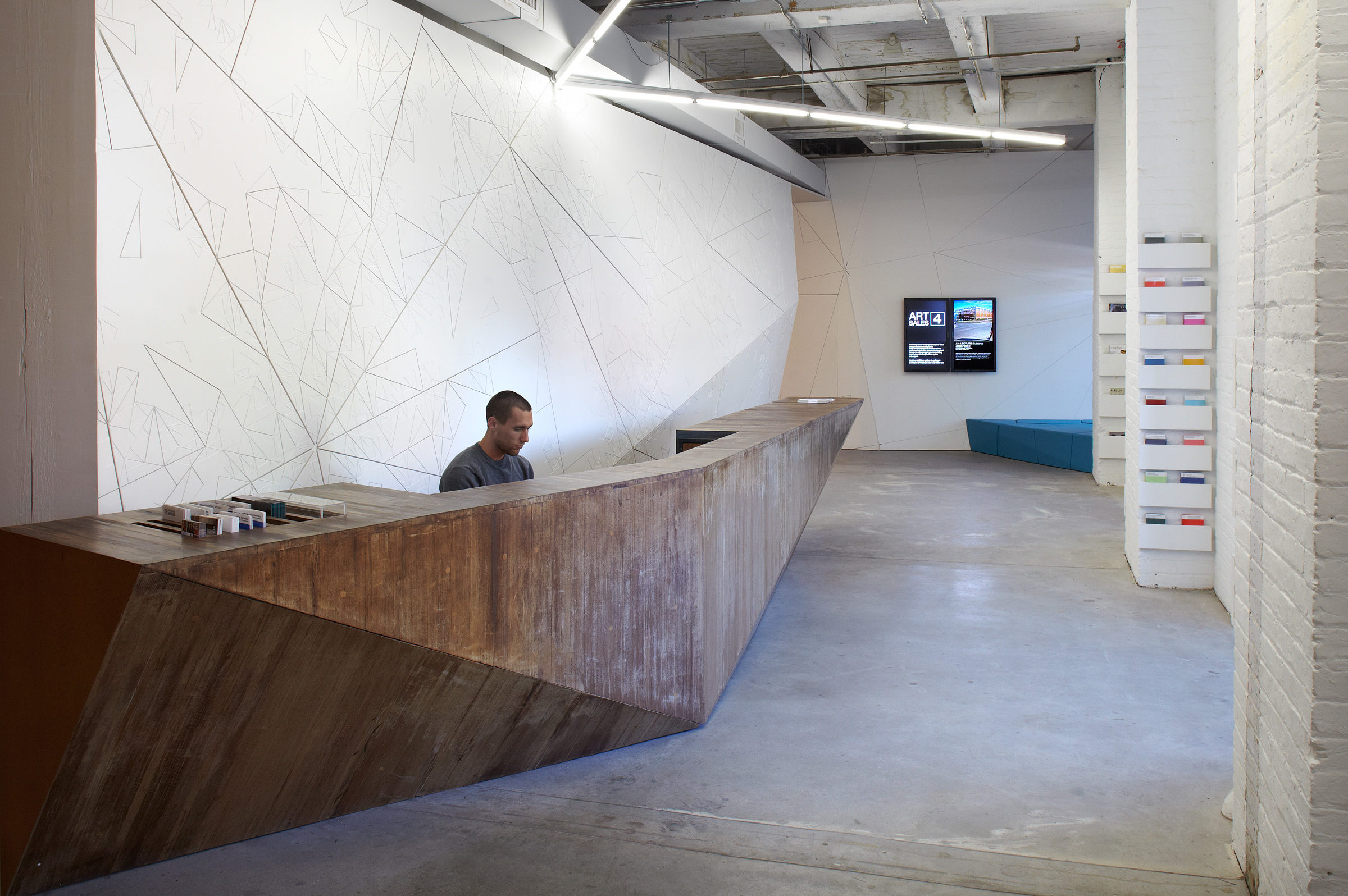
InfoShop
More than a reception area and lobby, the InfoShop focuses attention on ideas and issues brought up by gallery programs, artists, and patrons by providing a social platform for spontaneous meetings, dialog and debate. Designed for flexibility, the InfoShop is anchored by a 24'-long faceted reception desk that transforms into a bar for evening events. The walls are clad with custom, CNC-milled panels derived from a pinwheel aperiodic tiling pattern suggesting precision, complexity and playfulness.
See Bemis InfoShop page for more information.
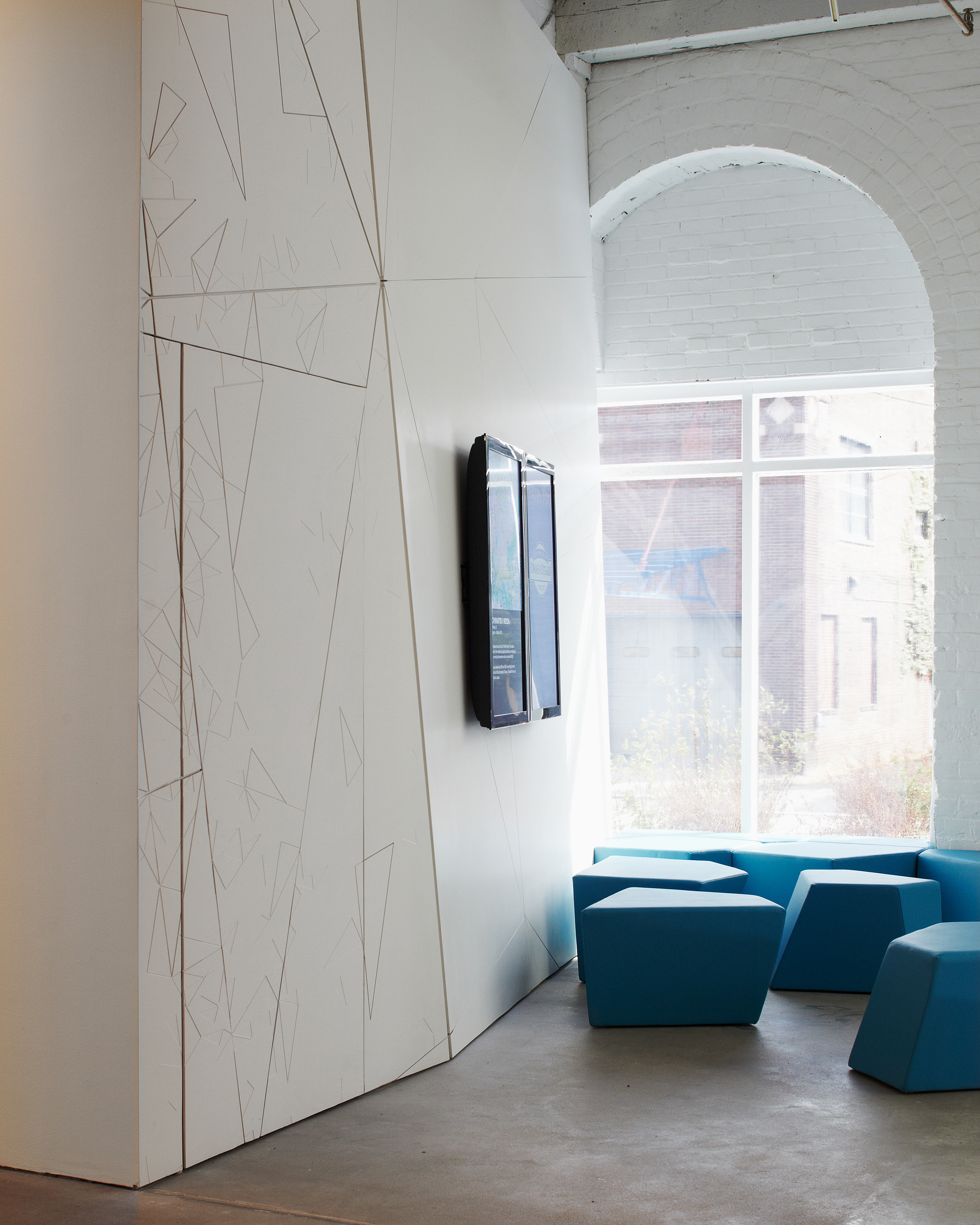
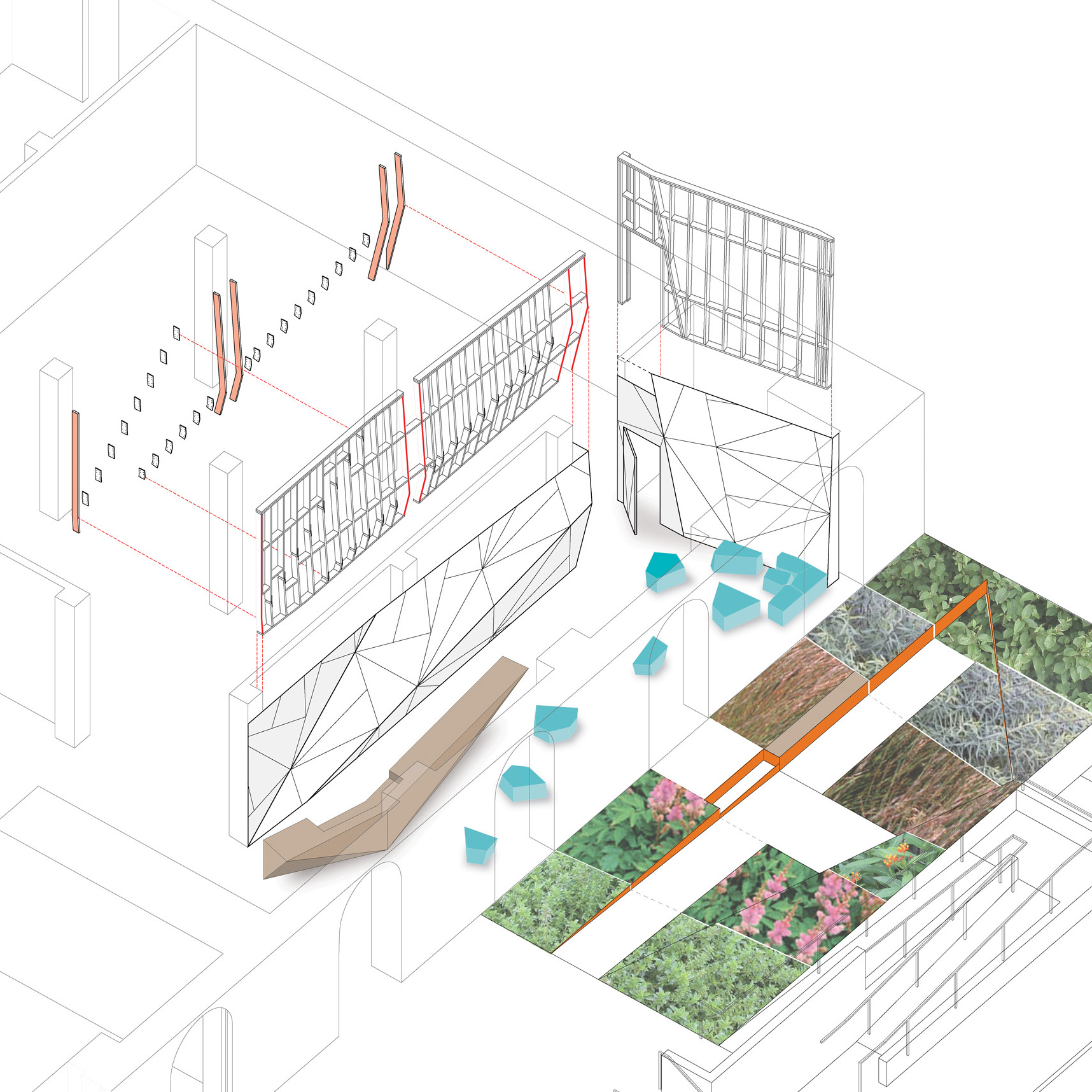
InfoShop and Garden.
Soft Cube
A permanent installation in Gallery 3, Soft Cube functions as a set of devices that soften the white cube and create a flexible, multi-purpose social platform for events and exhibitions.
See Bemis Soft Cube page for more information.
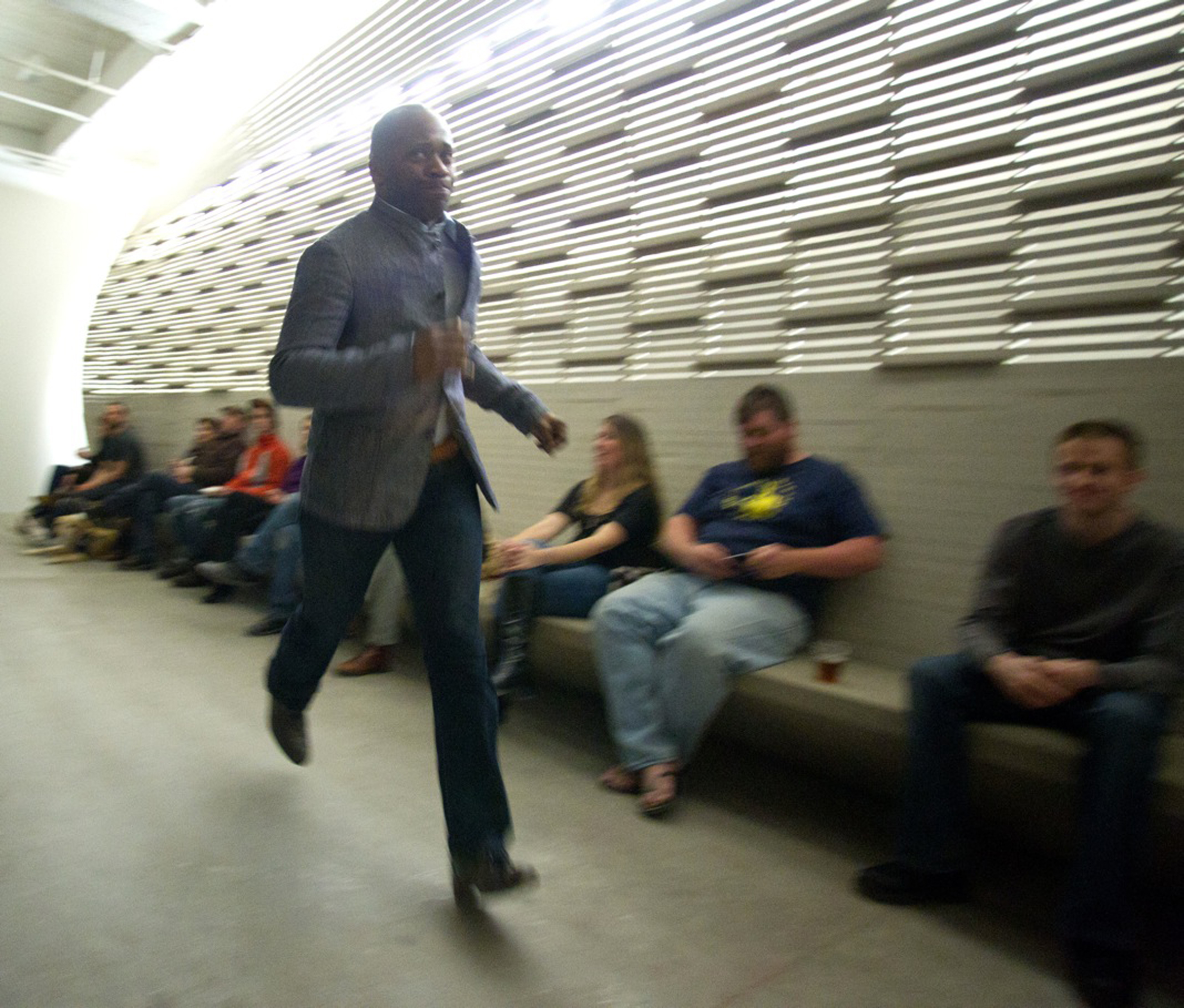
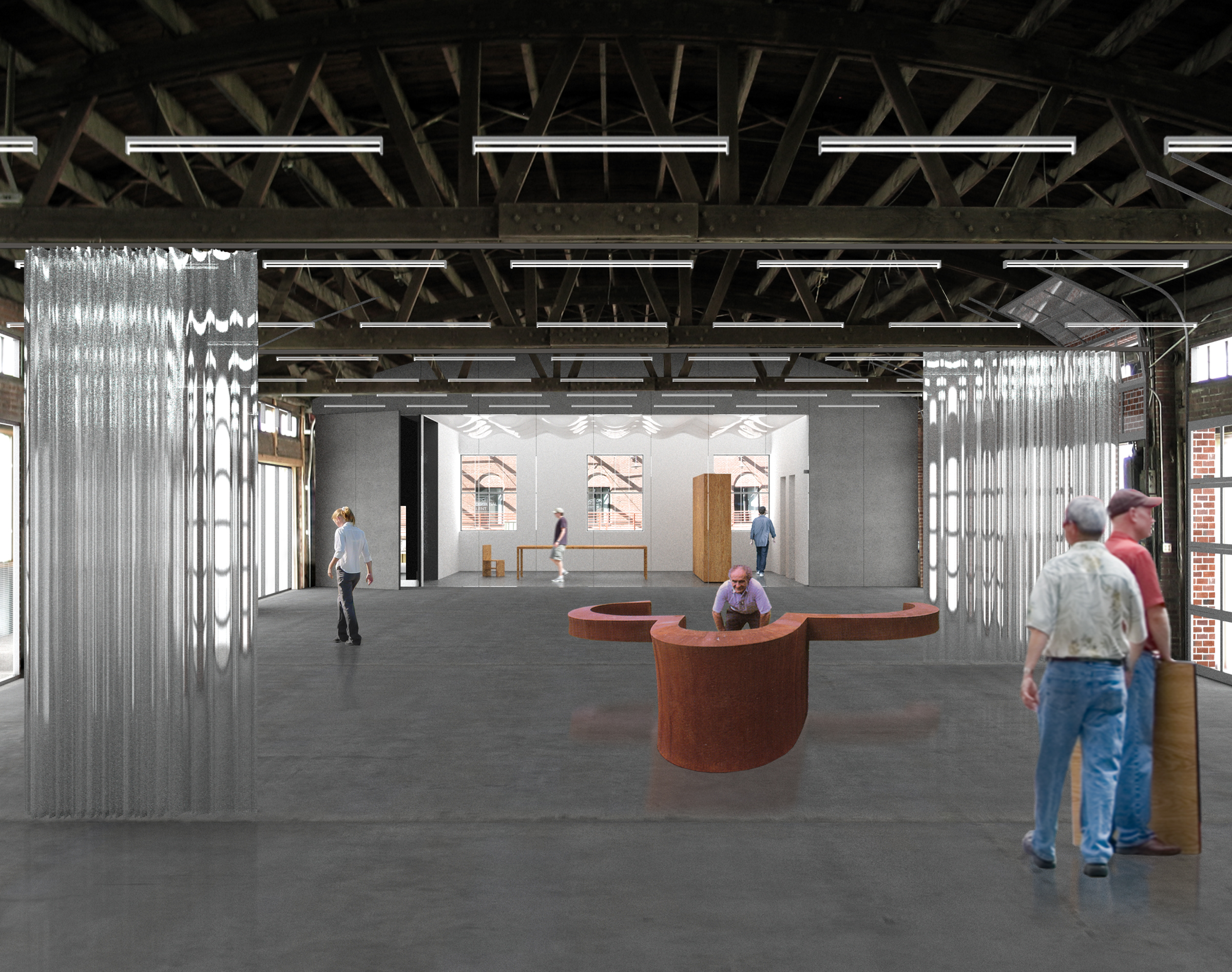
Building Bemis
For the Bemis Center's largest capital improvement project since originally moving into its current location, we worked with the board of directors, leadership, staff and stake holders to identify priority projects from our earlier framework plan. Motivating this effort was a desire to expand the core residency program. Specific projects included renovating the one-story Okada warehouse into a large workshop with ceramics studio, building out the 3rd floor of the McCord-Brady building for live work studios, and further opening up the exhibition gallery floor to improve flexibility and flow.
Architect of Record: AO*
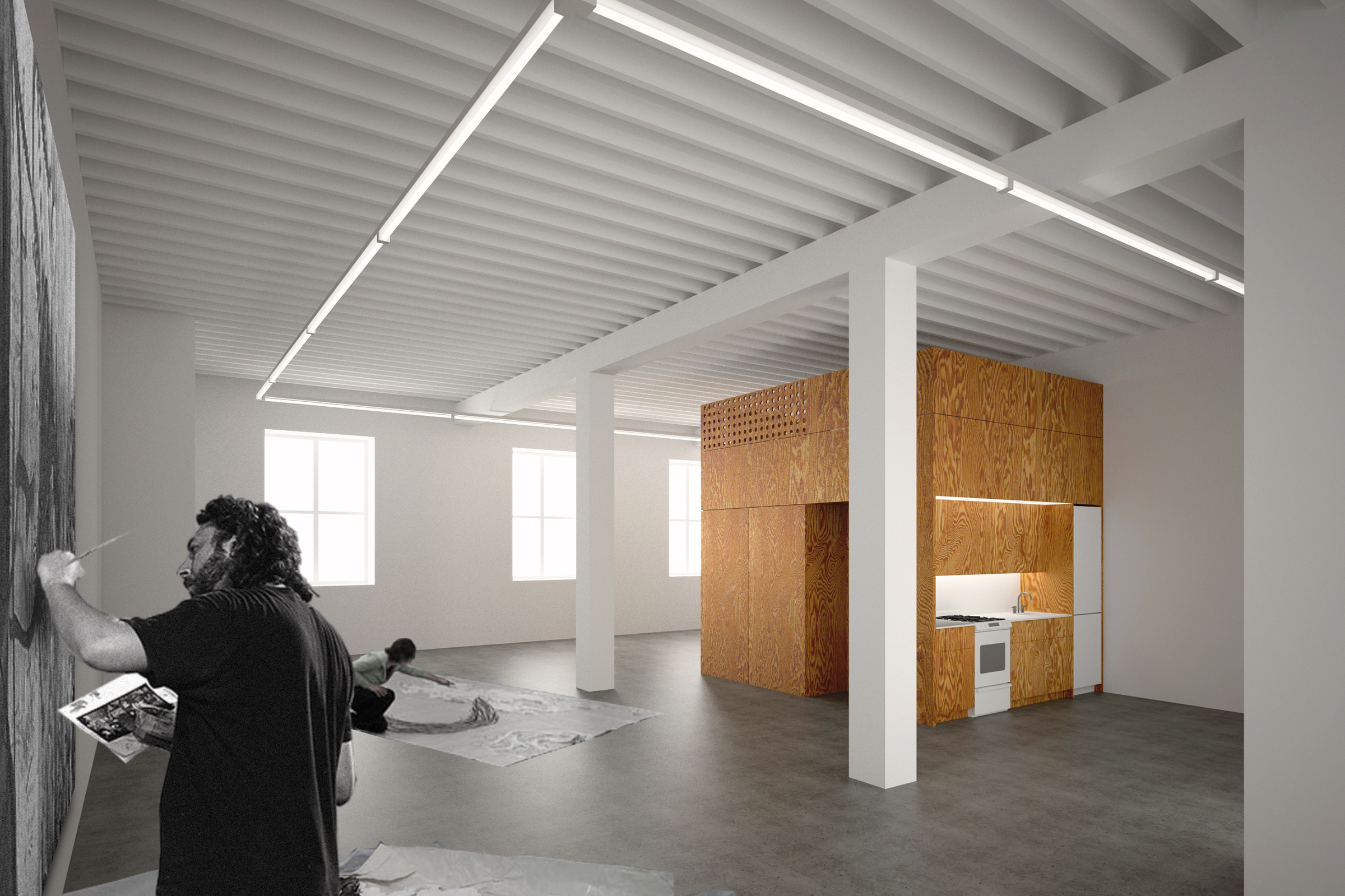
Artist's studio with living pod.
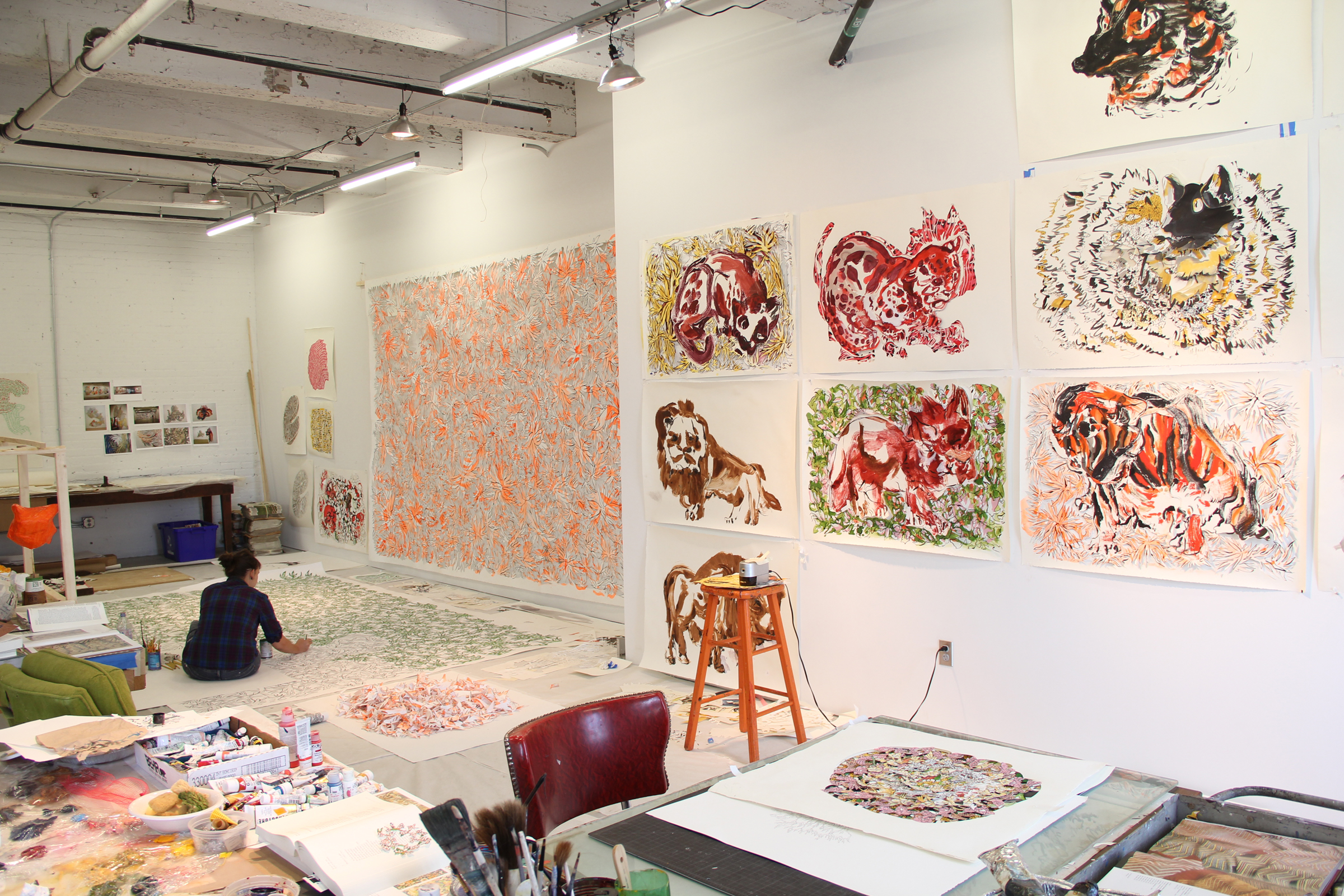
The art studio takes its character from the artist, not the architecture.
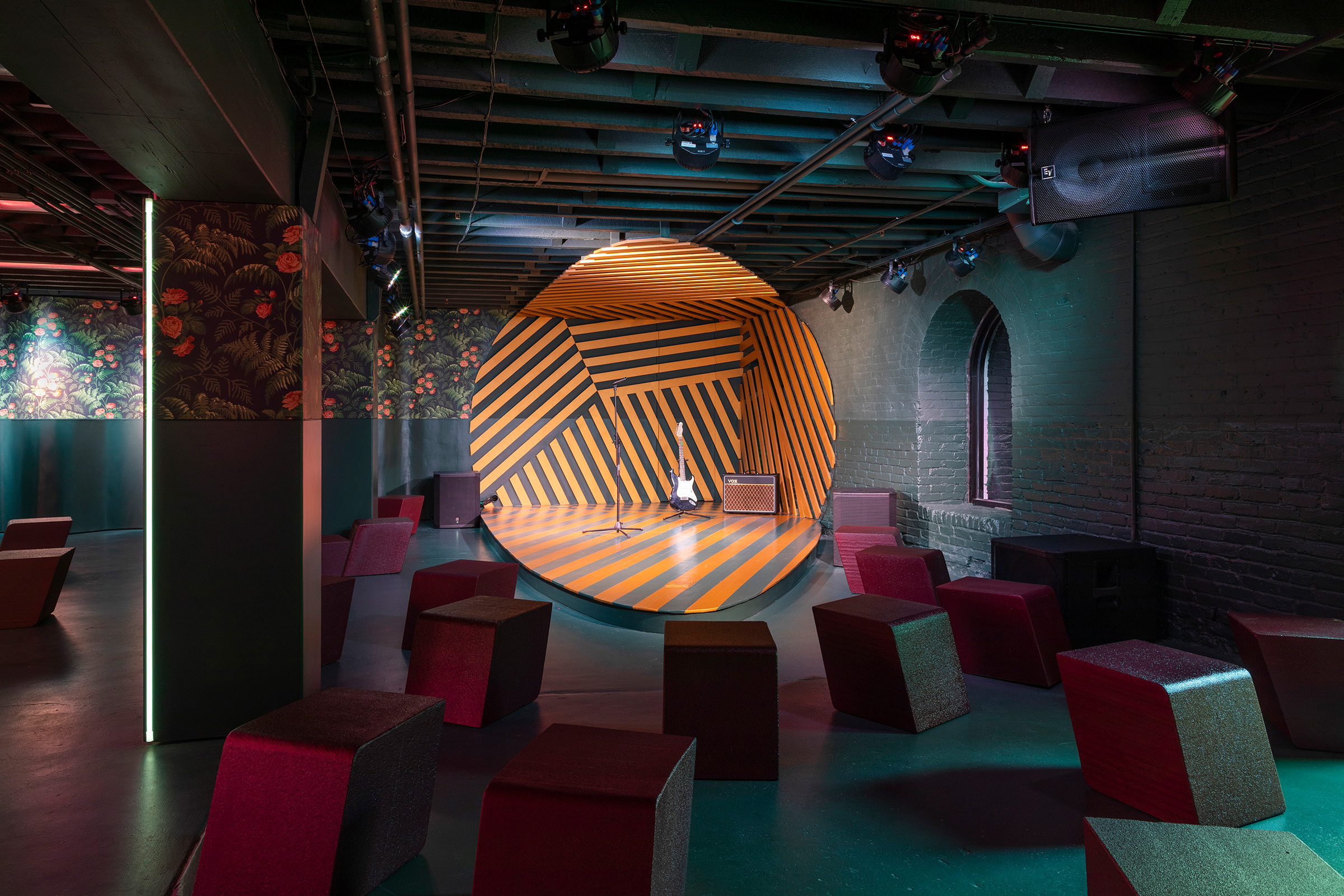
Bemis Sound Art + Experimental Music Program
As part of the Bemis Center’s international Artist-in-Residence Program, Bemis Sound is a specialized track offering three-month residencies to artists pushing the boundaries of sound, composition, voice, and music of all genres. FACT students collaborated with prominent musicians, artists, designers, sound engineers, tradespeople, and Bemis staff to design the unique venue and its support facilities. The program includes a performance venue, a pre-event bar, a merchandise store, a green room for artists, a recording studio with live and dead rooms, and storage.
See Bemis Sound page for more information.
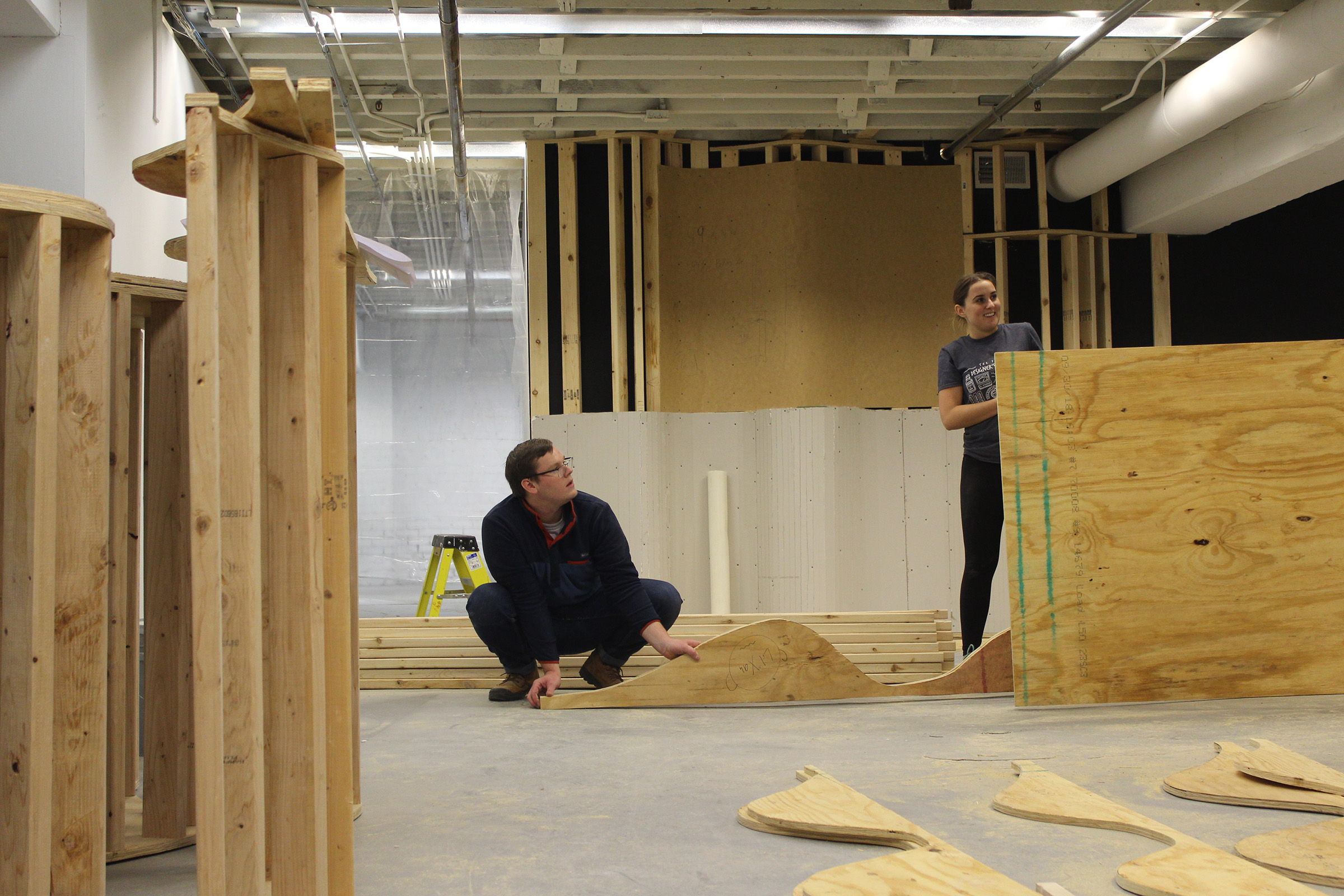
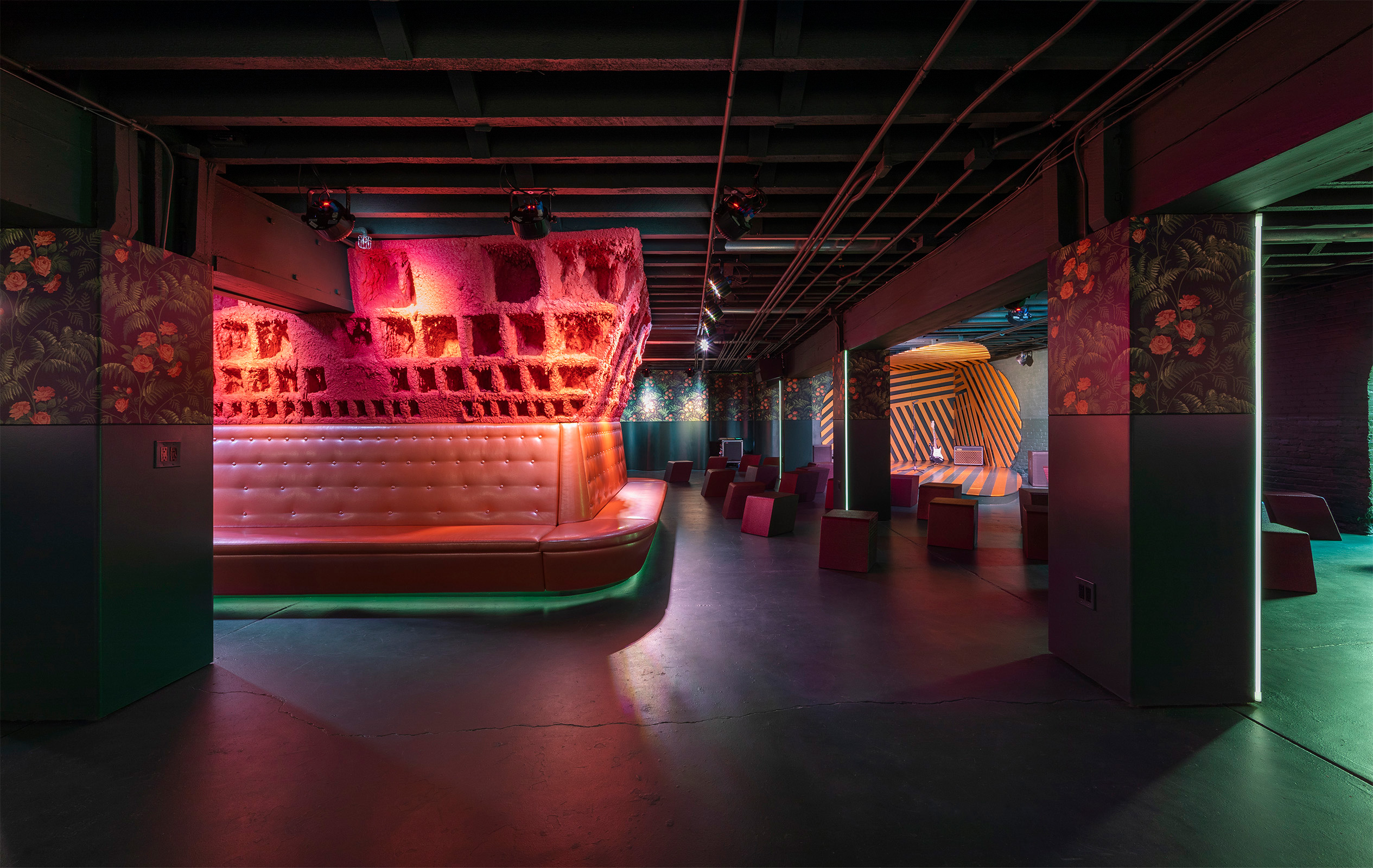
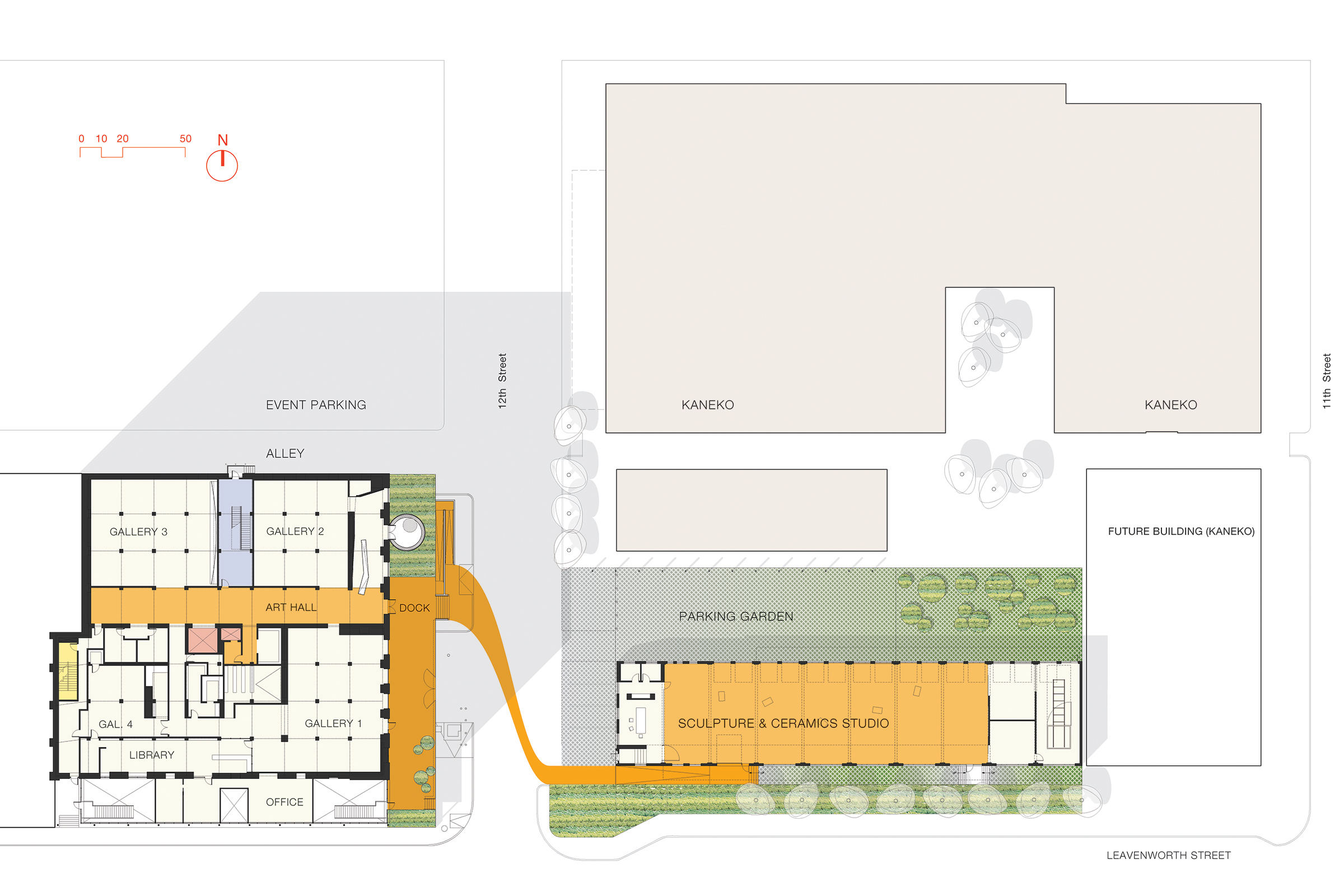
Recognition
(awards for various Bemis projects)
2007 AIA Nebraska Honor Award for Unbuilt Work
2003 ACSA Faculty Design Award
2011 AIA Nebraska Honor Award for Details
2013 AIA San Francisco Honor Award
2013 AIA National Small Project Honor Award
2013 ACSA Design Build Award
2010 AIA Nebraska Merit Award
2010 AIA Central States Region Honor Award
Project Team
students (initial framework plan and updates):
Darin Blair, Jeremy Christopherson, Matthew Cole, Justin Gregonis, Chad Hutchinson, Ronald Larson, Corey McClenahan, Daric O’Neal, Ryan Pavlik, Nicholas Schulz, Brian Spencer, Michael Stolle, Nicholas Weber, Matthew Wegener, Alexander Wendt, Matthew Wilhelm, Alex Jack,Nathan Miller, Ian Robertson, Fara Britt Woolf
interns:
Michael Davis, Jack Fowler, Brandon Horn, Danielle Johnson, Dale Schilke
collaborators:
Min | Day staff
